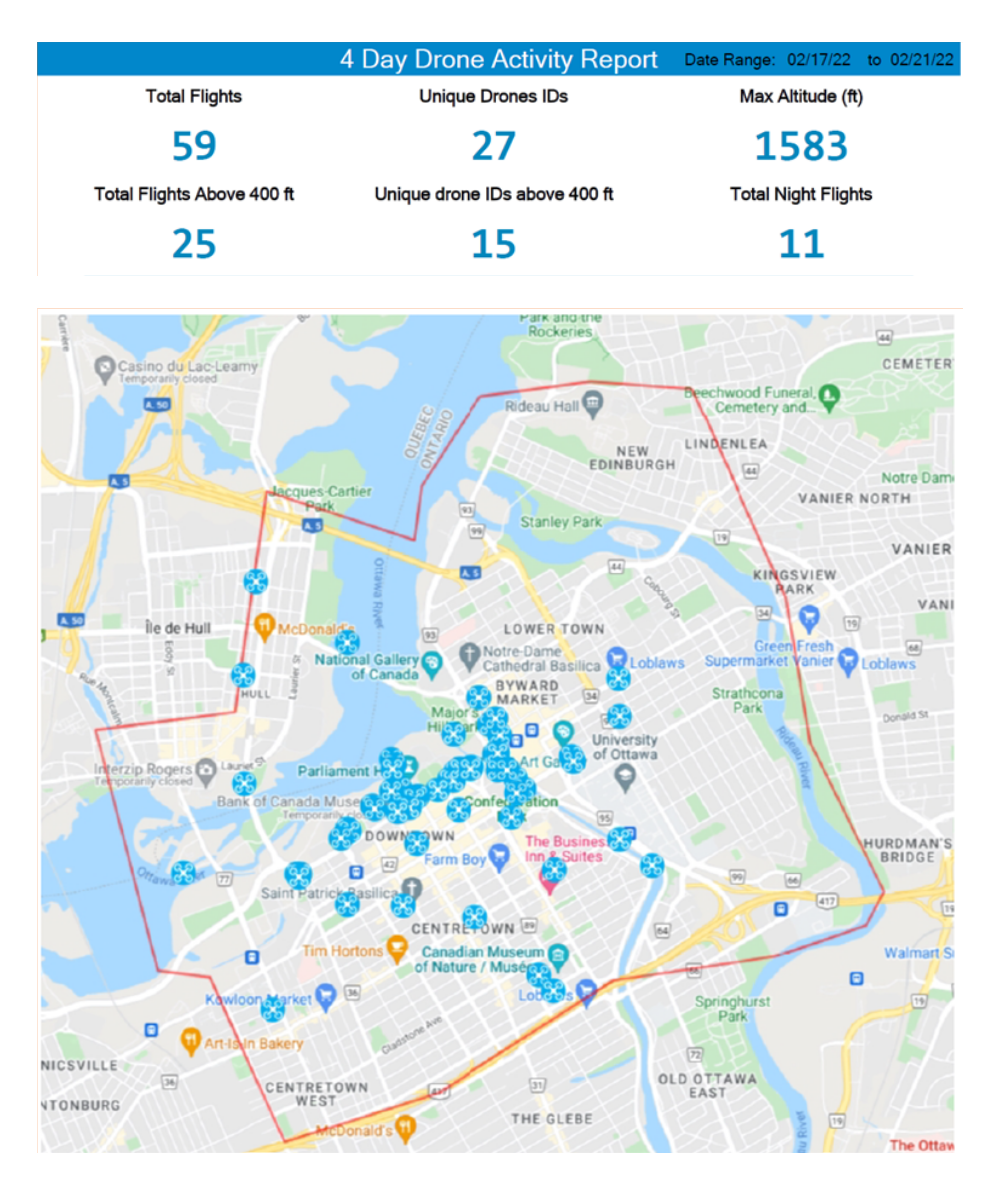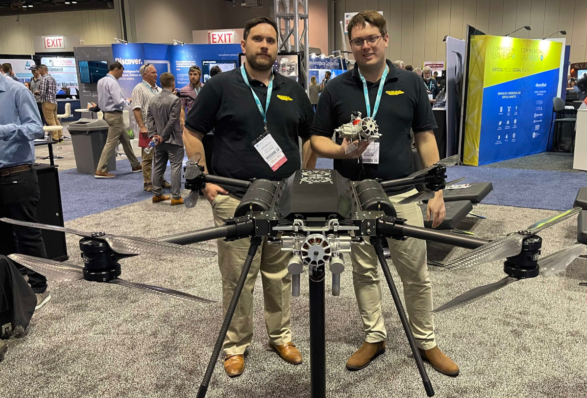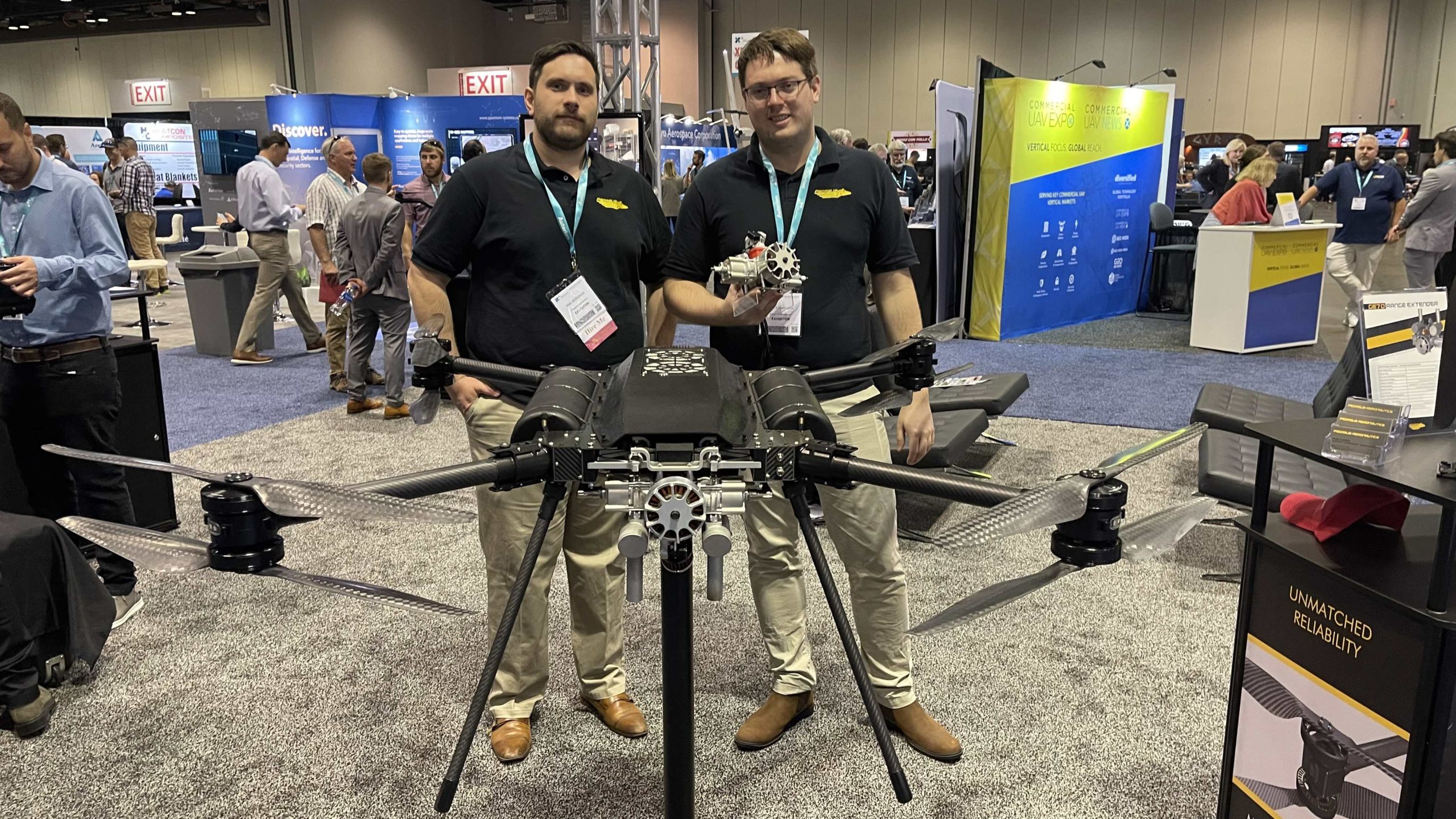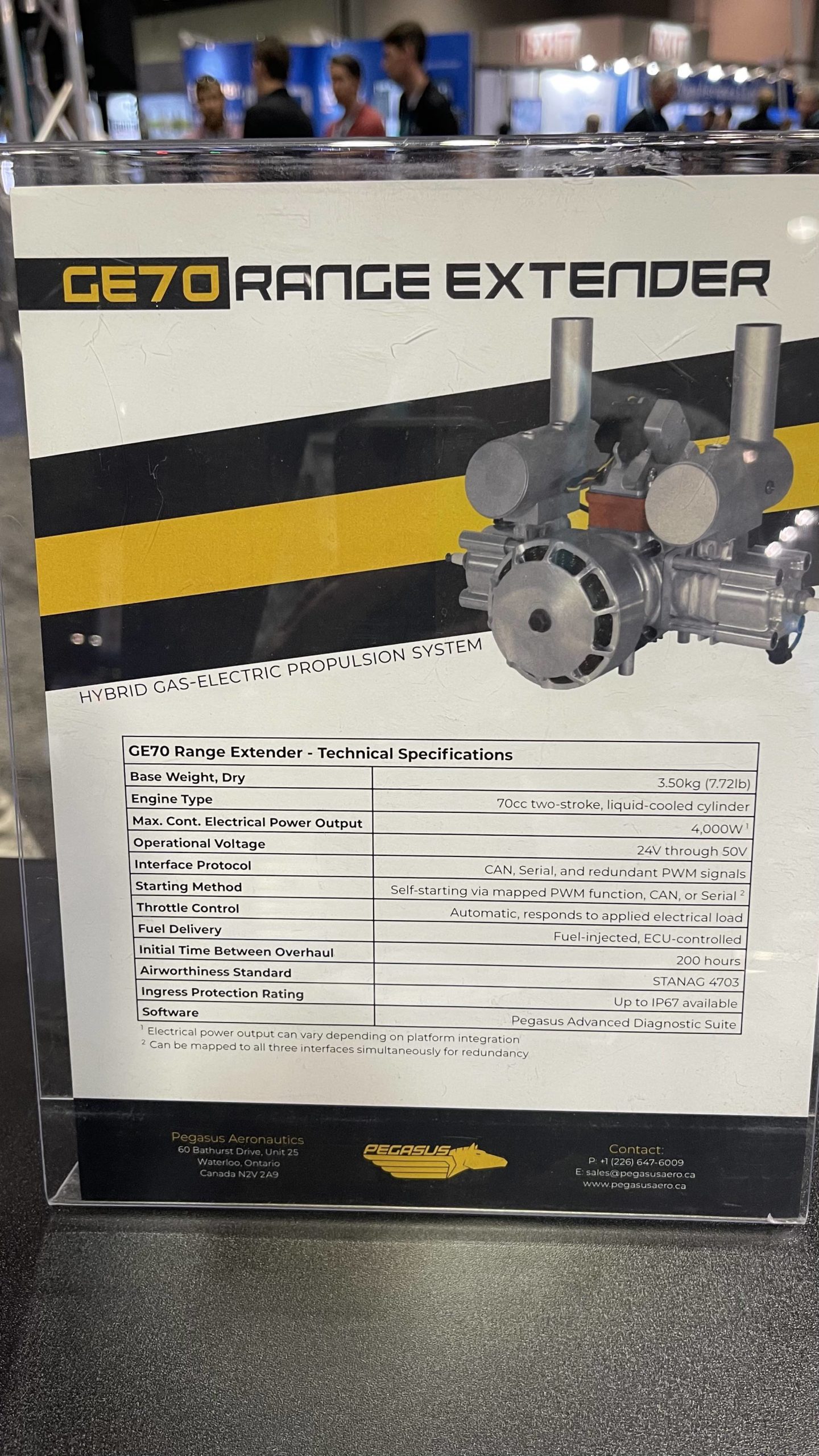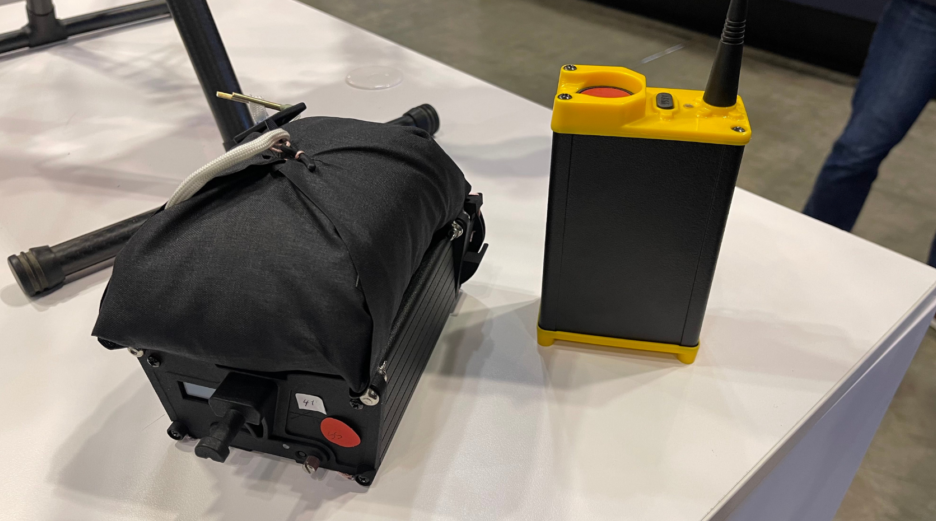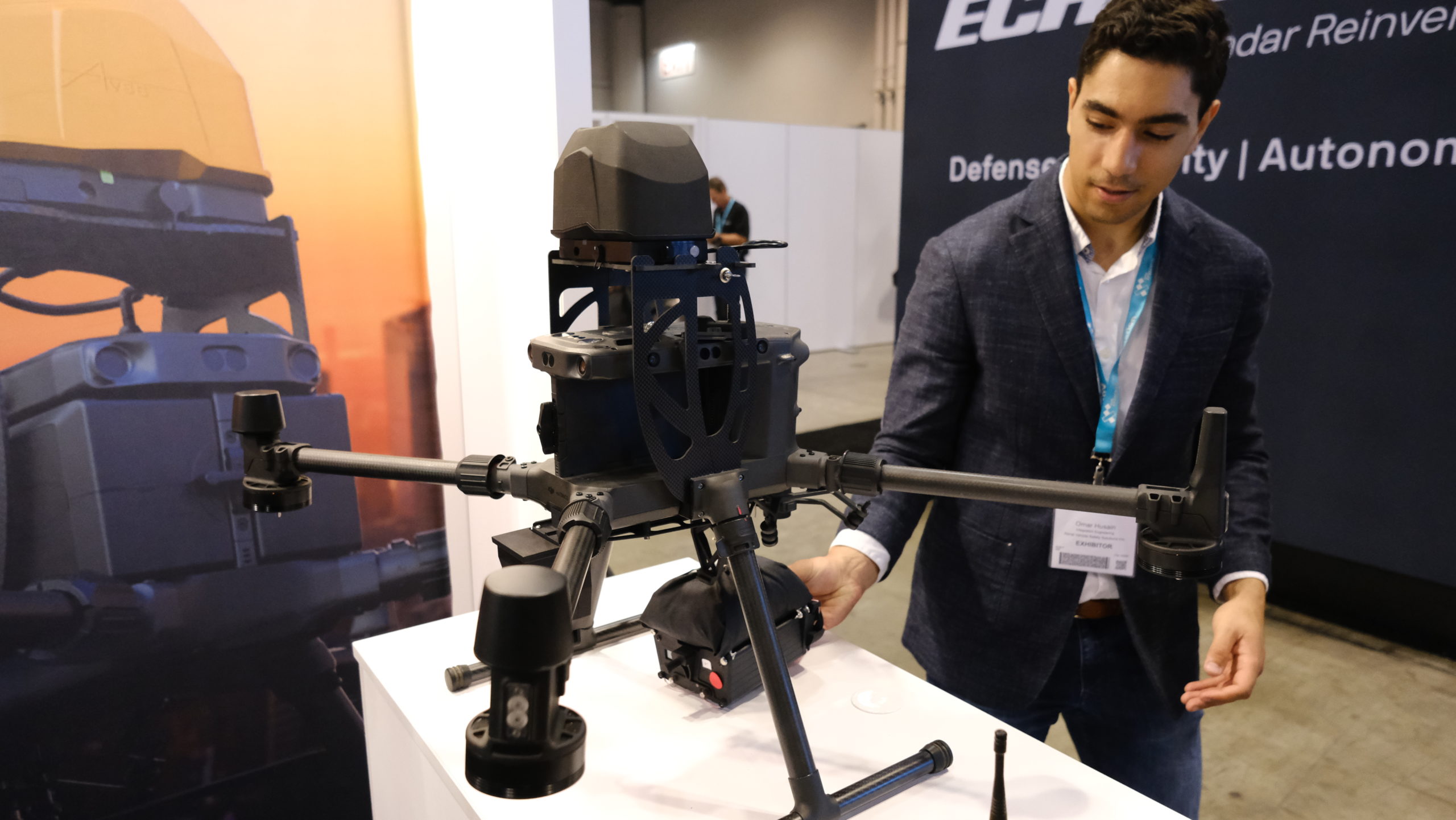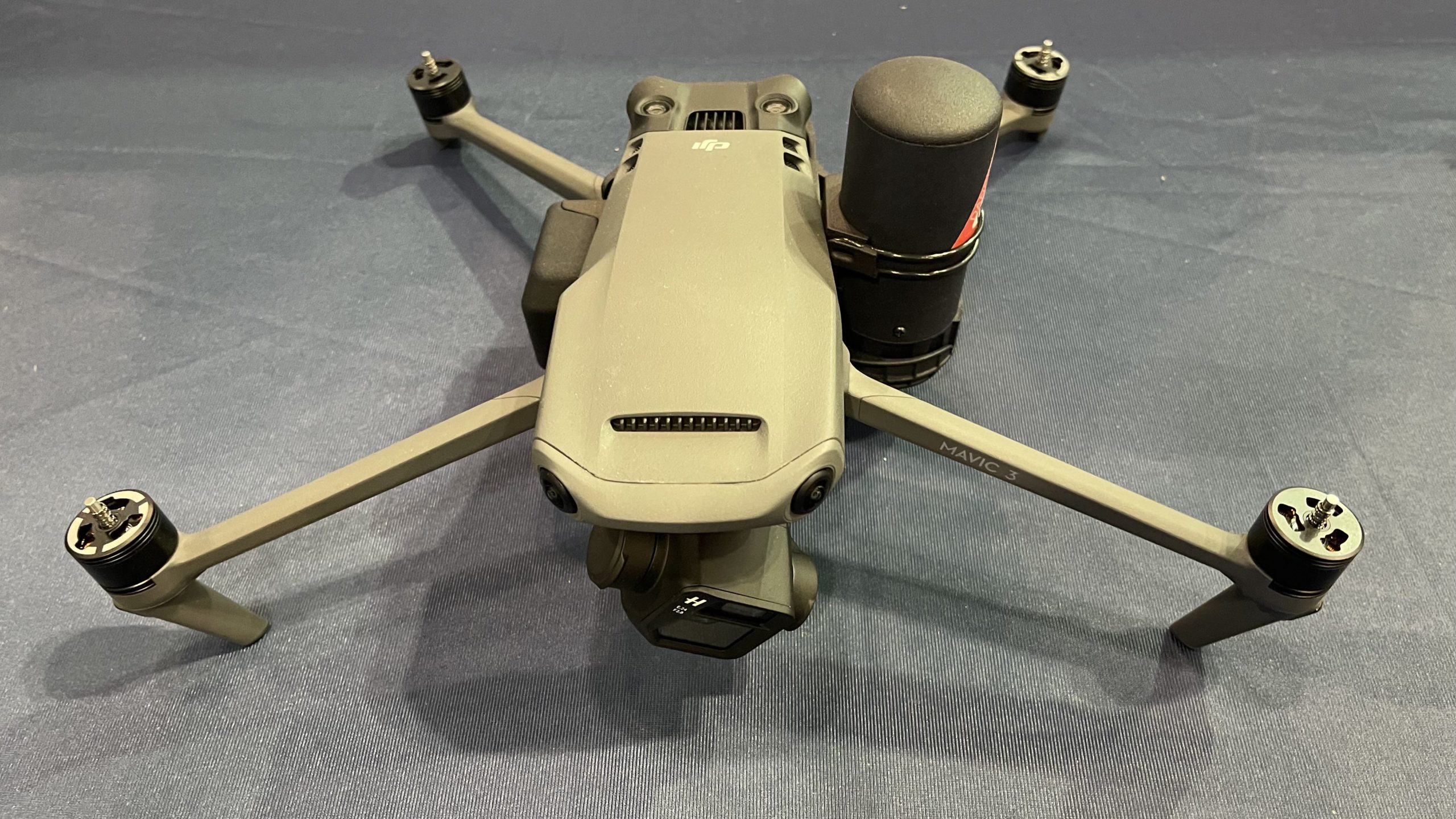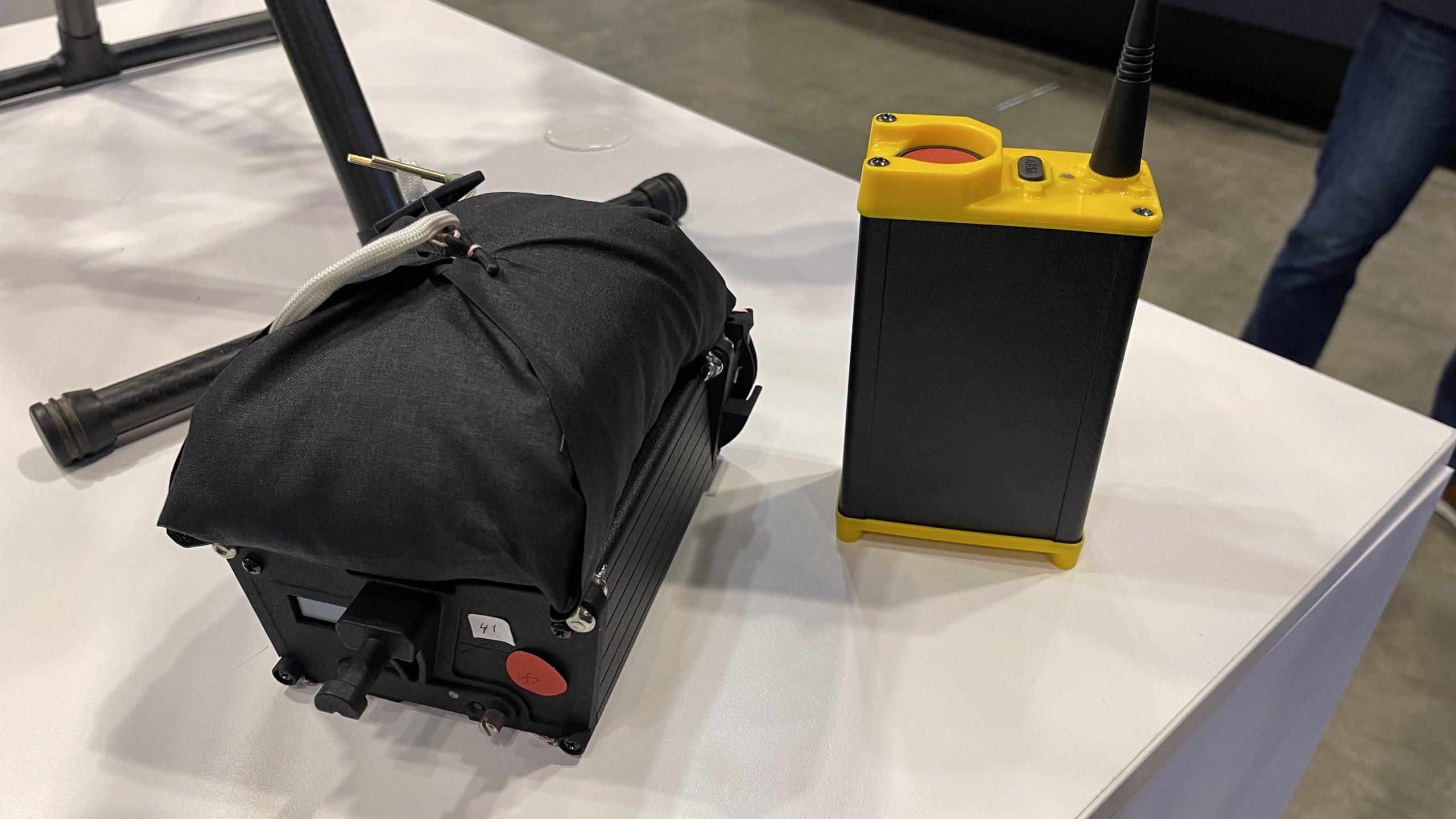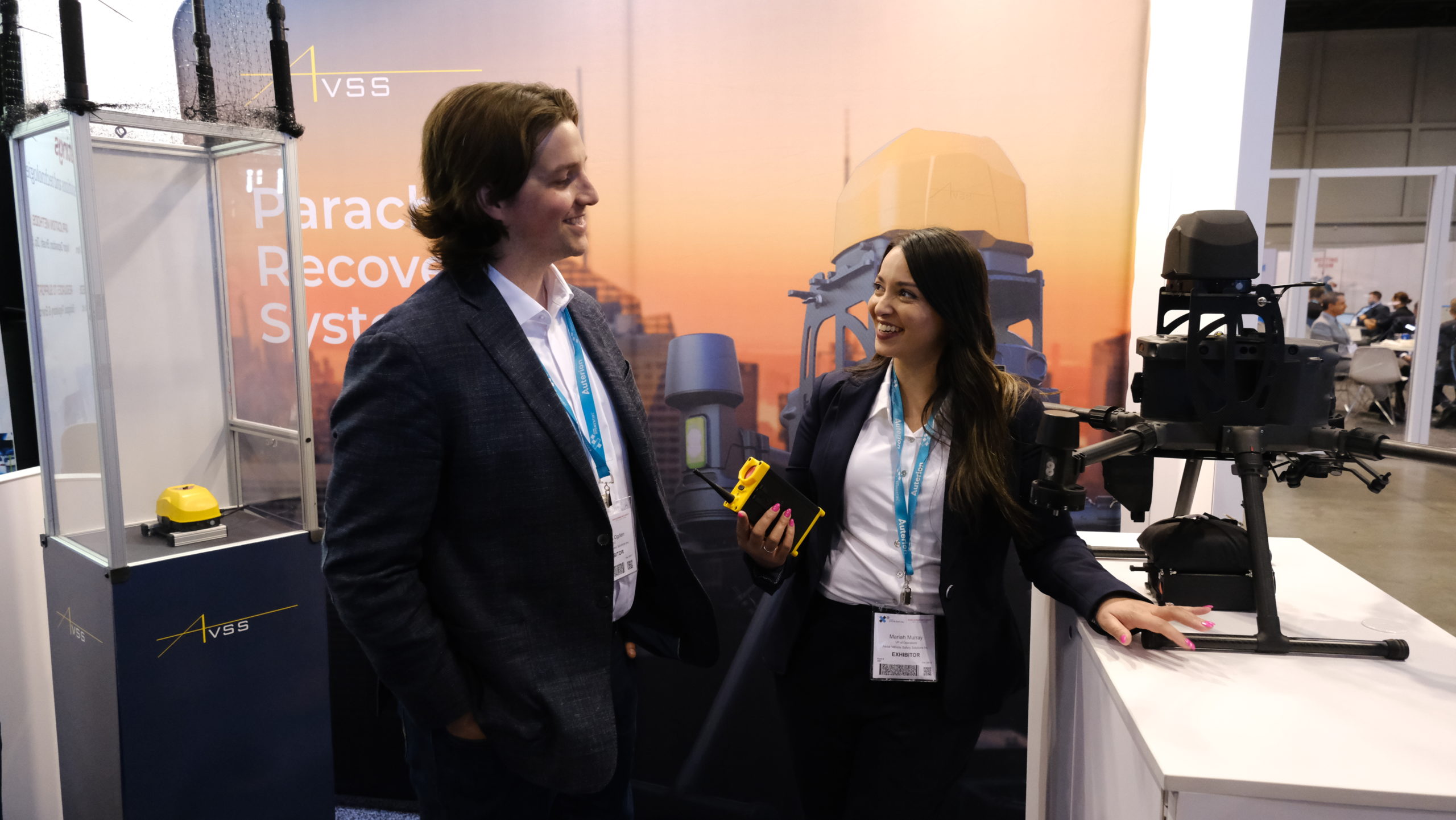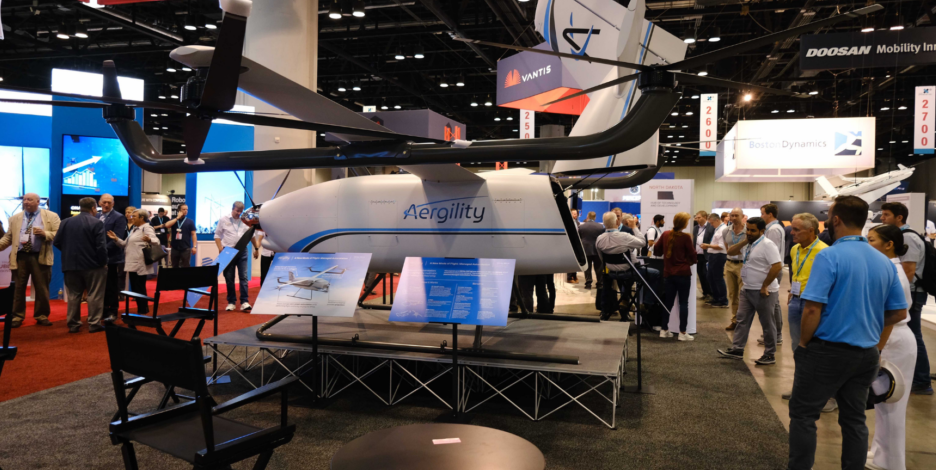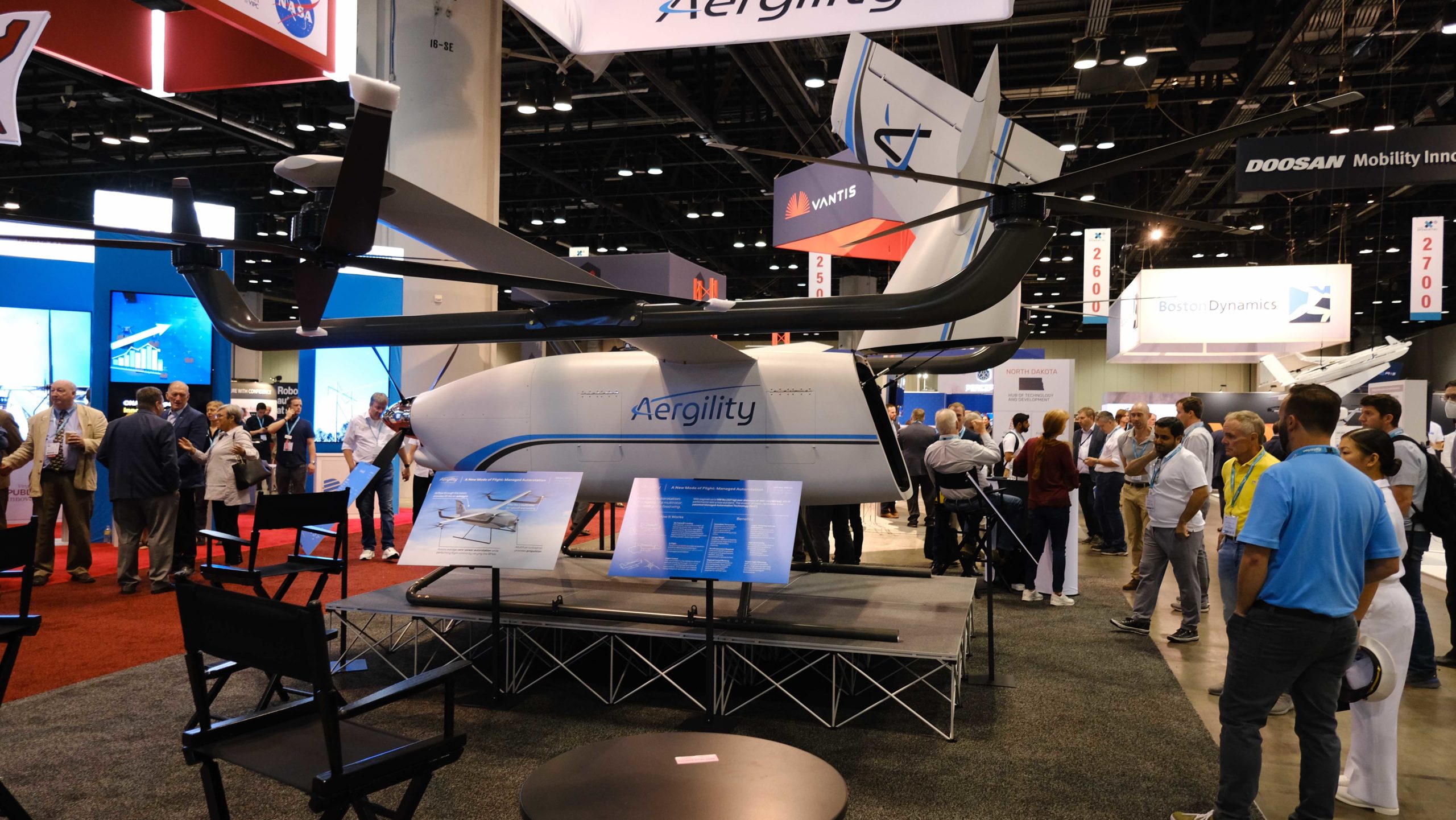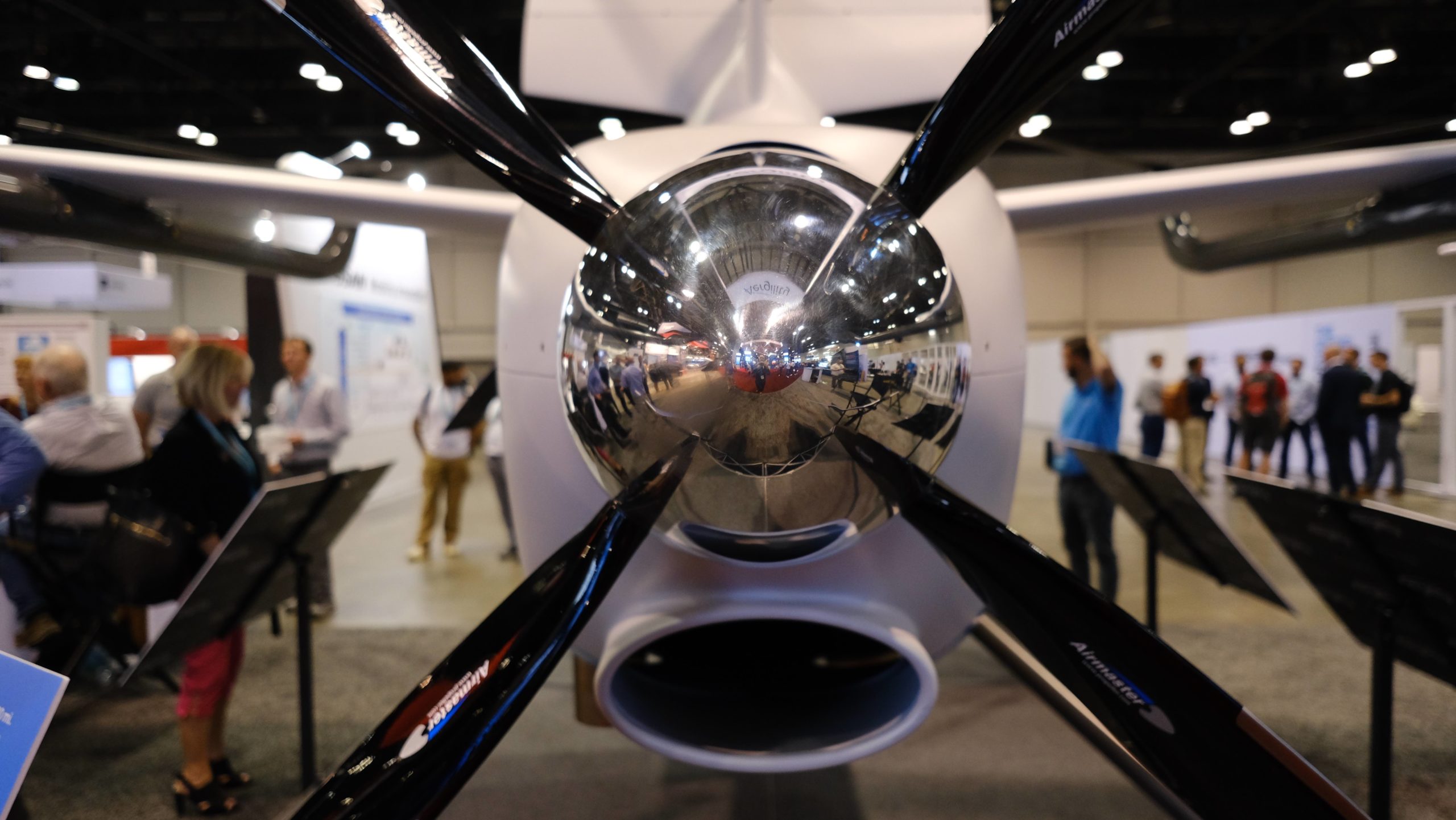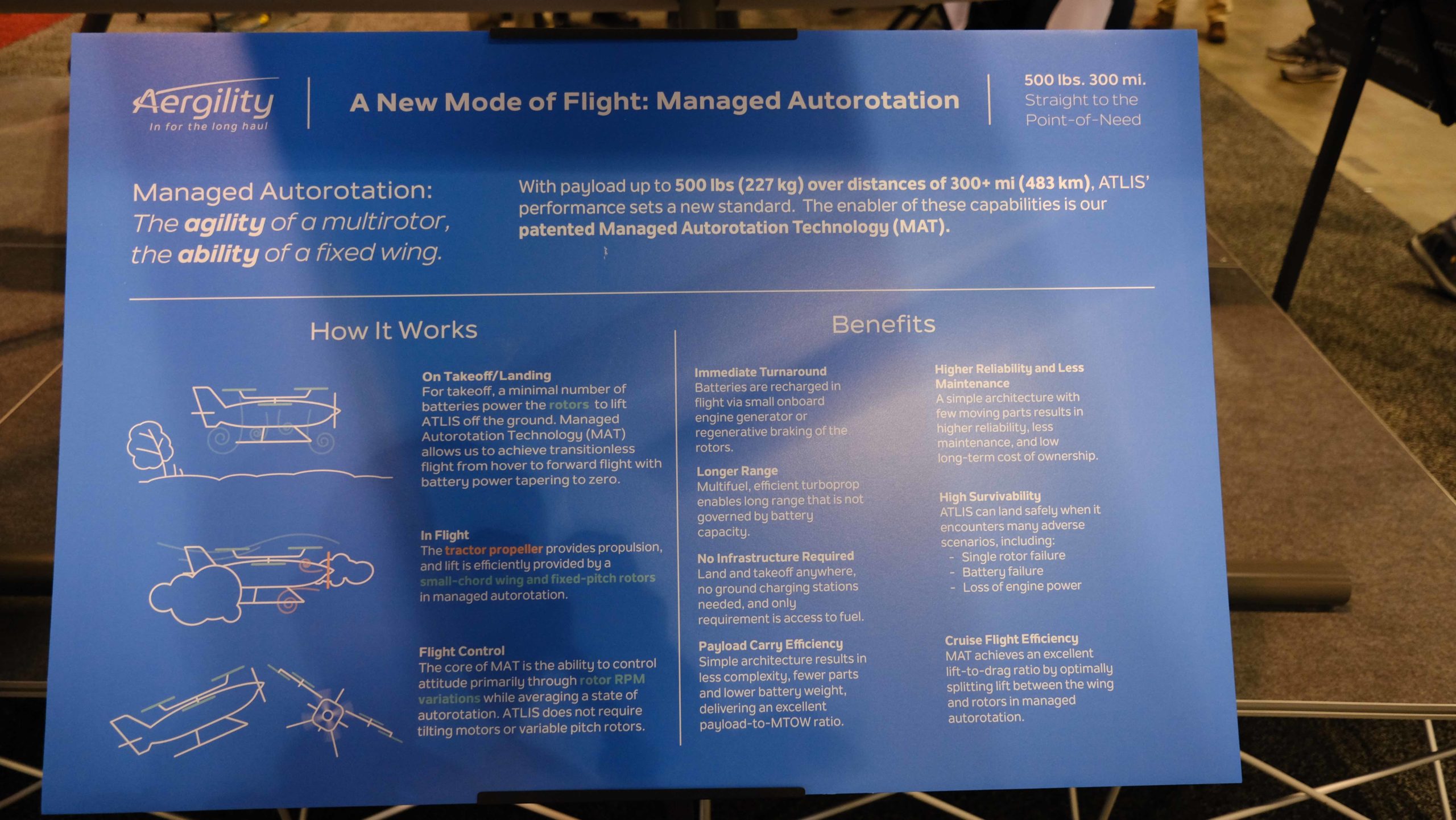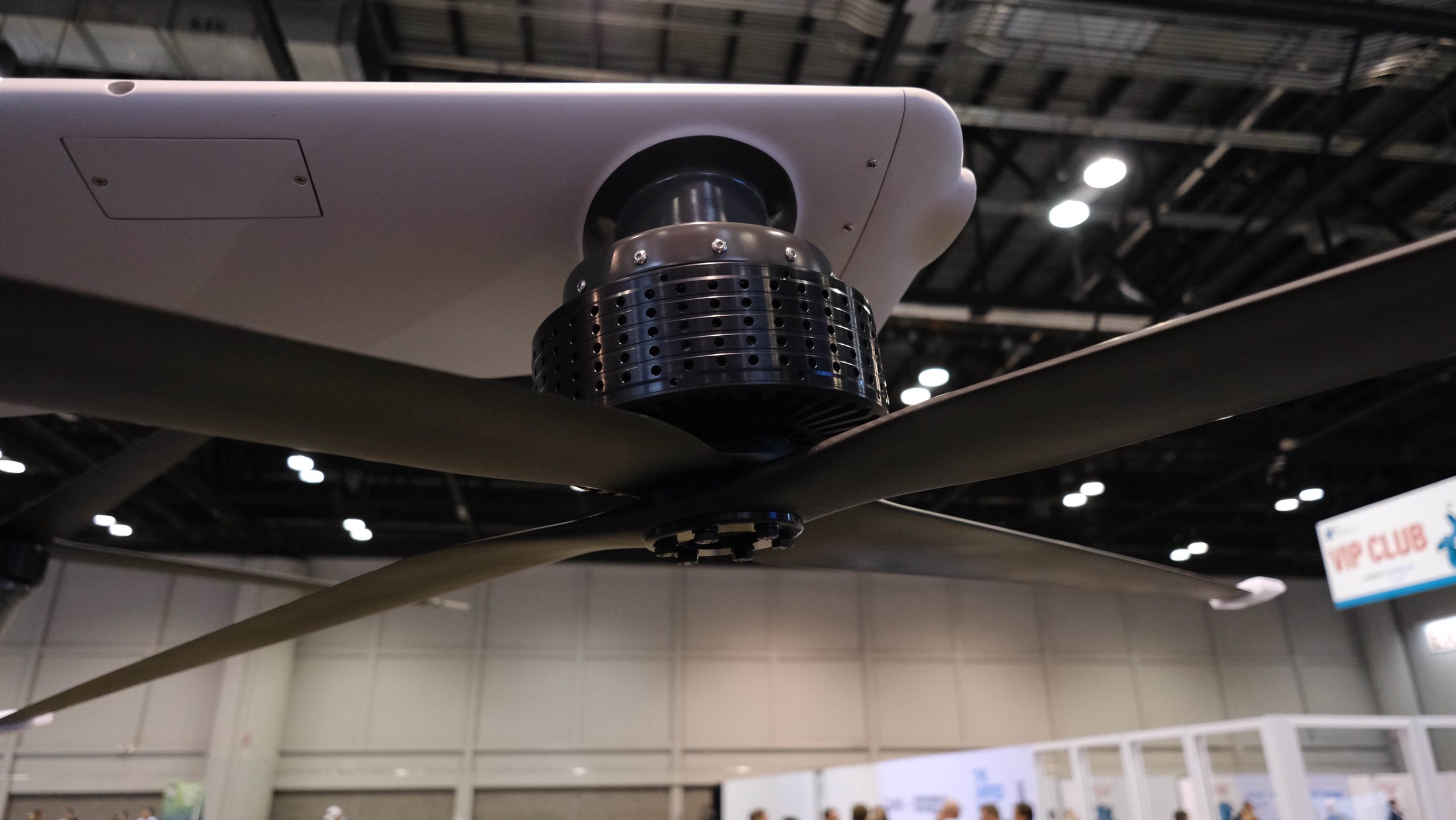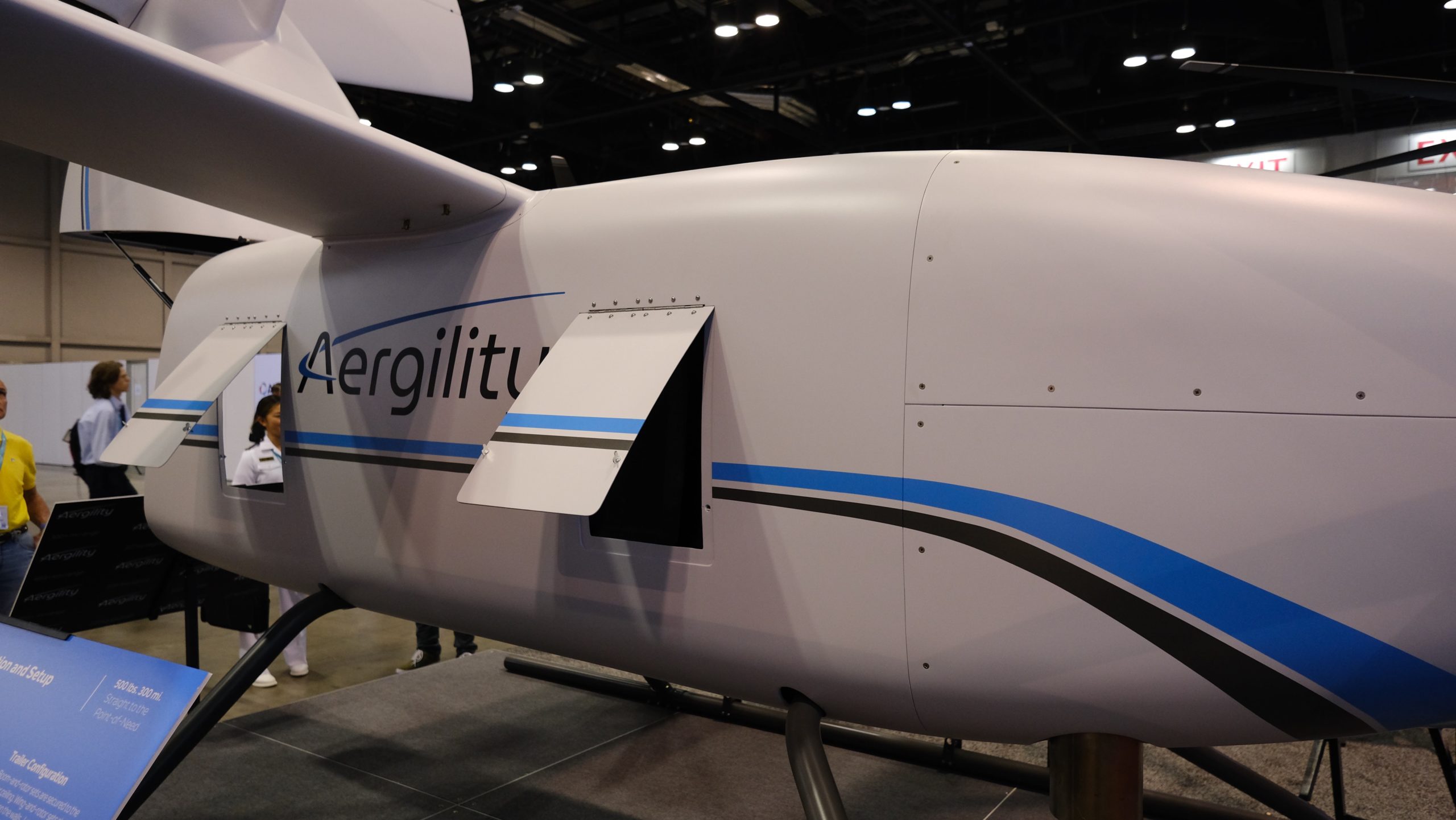
#CANSEC2022 – a wrap on the biggest security and defence show in Canada
By Scott Simmie, InDro Robotics
The biggest annual security and defence conference in Canada – CANSEC – is a wrap. Put on by the Canadian Association of Defence and Security Industries, the trade show is like a Who’s Who of the vast supply chain necessary to keep Canada’s armed forces equipped.
That means everything from the pointy end of the stick (weaponry) through to advanced SCUBA gear, survival suits, radar units, flight simulators and more. Major companies like Lockheed Martin, L3Harris, QINETIQ, Google, Microsoft and others were among the 306 defence and security exhibitors that filled some 150,000 square feet on the trade floor.
It was clear (if it wasn’t before) that digital technologies play a huge role on the modern battlefield. Plus, there was a lot of hardware like this:

There was also this guy, who spent his time in icy-cold water intended to show off the capabilities of the company’s survival suit. See that glove on the right? People attending the show were invited to plunge their hands in that frigid water with and without the glove on.
Trust us on this, it’s more comfortable with the glove.

Weaponized drone
On the drone front, there was a significant development. Norwegian drone maker GRIFF Aviation, known for its heavy-lift Enterprise drones, was displaying a variant of one of its models. In conjunction with Norwegian munitions manufacturer and defence firm Nammo, the two companies have outfitted the GRIFF 135 (payload capacity 30kg) to fire anti-tank rockets. This was the first time this machine has been publicly displayed.

And here’s a look at the business end of things:

Ukraine influence?
There has been a huge demand for drones since the Russian invasion of Ukraine. But that conflict played no role in the development of this machine.
“This is not something we came up with because of Ukraine,” says Geir Furø, GRIFF Aviation’s VP of Sales and Business Development.
“It’s been in the planning for the last four or five years. Only in the last year has it been coming together. So this will have a live-fire test later this fall. We hope to be manufacturing by early next year.”
While InDro Robotics does not weaponize its drones or robots, we can certainly see the business case for GRIFF Aviation. What we found most interesting about this development is that drone manufacturers have typically followed either an Enterprise/Consumer track, or else a military one. In general, companies that are defence contractors (such as Aerovironment) don’t produce Enterprise/Consumer drones, and vice-versa.
Furø said there had been a lot of interest in the product. It will be interesting to see whether this crossover leads other Enterprise manufacturers to consider adapting their products for a combat setting.
Submersibles
A couple of other displays caught our eye, as well. In the case we’re about to explore, Canadian companies that build submersible devices. These are tethered systems that, in general, send back high-quality real-time video and other data to the surface (they can be equipped with multiple sensors). Use-case scenarios include hull inspection, sediment sampling, and even retrieval of objects on the ocean bed. First Responders also use these devices when attempting to locate human remains following drownings, boat sinkings etc., keeping divers out of harm’s way.
Two different Canadian companies had displays at the CANSEC show, both offering submersible solutions.
MarineNav
Established in 2005, the company is based in Prince Edward Island – which has some obvious advantages when it comes to R&D and testing its products. It builds underwater Remote Operated Vehicles (ROVs), marine-grade computers, displays etc. Its Oceanus series has been deployed in use-cases ranging from border security and environmental assessment through to scientific research. MarineNav ROVs are built on-site, using rugged plastics and marine-grade anodized aluminum.
Its three models use thrust vectoring for positioning and can carry out unlimited mission times, since power is supplied via tether.

Range
The Oceanus Pro, seen above, has a depth rating of 305m (1000′). It’s controlled from the surface using a joystick and touch-sensitive topside monitor. That monitor has 1600 nits of brightness, meaning it’s easy to view even in bright daylight. The company’s Oceanus Ultimate has the same depth rating, but with an optional upgrade can descend to 500m (1640′).
We had the opportunity to chat with MarineNav staff and were impressed with both their commitment to quality, as well as the fact their line is manufactured from the ground-up, in-house.
Deep Trekker
The other company that caught our attention was Deep Trekker, based in Kitchener, Ontario. Deep Trekker has been around for a decade, and produces not only submersibles but also waterproof crawlers, designed for pipe inspections – even a vacuum robot that can clean sediment and sludge from the bottoms of reservoirs and tanks.
When we were recently at the AUVSI conference, we had an opportunity to operate its DTG3, a highly maneuverable and affordable ROV rated for up to 200m. Impressive, and just one of many machines for specific use-case scenarios.

In fact, Deep Trekker offers not only a broad range of products, but – not unlike drones – the option for additional sensors suitable to tasks such as Side Scan Sonar, water sampling, and even Non-Destructive Testing (NDT) tools.
InDro on the floor
We’d be remiss if we didn’t mention that InDro Robotics also had a presence at the show. That’s our own Peter King on the right, taking part in a demonstration with partners Microsoft Canada.
Peter was remotely operating our Sentinel robot, equipped with the InDro Commander system, over a 5G network. This was on day two of the conference (you’ll see Sentinel below). The previous day, we piloted a drone from the CANSEC show, with the drone many kilometres away at our Area X.O R&D hub.
InDro is a leader in teleoperating drones and robots over 4G and 5G networks, allowing for remote operations from around the block or across the country.
The operator monitors the mission via a web-based browser, seeing data in real-time as the mission unfolds.
Peter is a pro at this, as well as understanding the many use-cases that can benefit from such technology. For example, InDro Robotics can remotely inspect a solar farm to see if there are any malfunctioning panels. Having a human inspect those panels can literally take days, while generally a single drone flight of less than 30 minutes can usually detect any anomalies.
Interested? You can always reach Peter here.


InDro’s Take
Conferences are a great opportunity to gain a better understanding of a particular sector, as well as a chance to see what other companies are up to in that space.
We had conversations with many companies at CANSEC and were particularly impressed with several Canadian SMEs. Deep Trekker and MarineNav have both developed very impressive products, and – as a fellow R&D company – we applaud Canadian success stories that push the boundaries of engineering. Well done.


